Lidocaine injections into the greater occipital nerve relieve severe, refractory migraine attacks in children, results of a randomized controlled trial show.
Investigators found children receiving bilateral occipital nerve blocks with 2% lidocaine had significantly greater pain relief than peers receiving saline injections.
Cases series have shown a benefit of peripheral nerve blocks (PNBs) — injections of local anesthetics over branches of the occipital or trigeminal nerve — for severe, refractory headache in children.
Although 80% of pediatric headache specialists use PNBs, there is "inconsistent insurance coverage" for this treatment, which had not been tested in a randomized controlled trial in kids before now, lead investigator Christina Szperka, MD, with the Pediatric Headache Program, Department of Neurology, University of Pennsylvania Perelman School of Medicine, Philadelphia, told delegates attending the American Academy of Neurology 2024 annual meeting.
Significant Results
Investigators enrolled 58 children and adolescents with acute status migrainosus. The mean age was 16 years, and reported gender was female for 44 participants, male for 11 participants, and nonbinary or transgender in three participants. Participants had a migraine flare duration of 22 days and had not responded to other treatments.
All participants had topical lidocaine cream applied for 30 minutes as a run-in step and could decline injections if they experienced sufficient benefit from cream alone.
"We used a lidocaine cream lead-in for two reasons. One was to try to see if we could address the issue of high placebo response in pediatric trials in particular, and also to see if we could help with blinding to injection," said Szperka.
Topical lidocaine cream led to a small decrease in pain score overall (0.2 point on a 0-10 scale), and all participants proceeded to randomized blinded bilateral greater occipital nerve injection with 2% lidocaine or saline, she reported.
On the primary endpoint — change in pain score at 30 minutes — lidocaine was significantly more effective than saline, achieving a 2.3-point decrease on average (on a 0-10 scale) vs a 1.1-point decrease with saline (P = .01).
A 2-point pain reduction was achieved in 69% of patients in the lidocaine group vs 34% in the saline group.
Three quarters (76%) of patients getting lidocaine reported at least partial relief in severity or location of pain compared with 48% of those getting saline (P = .03). Rates of pain freedom at 30 minutes were 17% and 7%, respectively, and at 24 hours were 14% and 0%, respectively.
The majority of adverse events were mild and fairly equal across groups and included anxiety, worsening headache, injection site pain, dizziness, and numbness (more so with lidocaine). There was one case of anaphylaxis after lidocaine injection.
Quite unexpectedly, said Szperka, patients rated the saline injection as more painful than the lidocaine injection. "This was not what I expected going in, and I think is relevant for future trials," she said.
Encouraging Results
Reached for comment, Shaheen Lakhan, MD, a neurologist and researcher based in Miami, Florida, said that as a neurologist and pain physician, he sees firsthand the "devastating impact of status migrainosus on children."
"These debilitating headaches can rob them of precious school days, hindering learning and social interaction," Lakhan told Medscape Medical News. "The constant pain and fear of the next attack can also take a toll on their emotional well-being."
The impact on families is significant as well, highlighting the need to find more effective treatments, Lakhan said.
"Traditionally, we've relied on case studies to see the benefits of nerve blocks for migraine in younger patients. This is the first randomized controlled trial that shows lidocaine injections can be significantly more effective than a placebo for these unrelenting migraines," he said.
"It's important to note that this is a relatively small study, and not without safety concerns, including rare but potentially life-threatening anaphylaxis to lidocaine," Lakhan added. "More research is needed, but these findings are encouraging. Lidocaine injections could become a valuable tool for managing treatment-resistant migraines in adolescents and young adults."
The study was supported by a grant from the National Institute of Neurological Disorders and Stroke. Szperka is a consultant for AbbVie and Teva; serves on a Data Safety Monitoring Board for Eli Lilly and Upsher-Smith; and is a site principal investigator for AbbVie, Amgen, Biohaven/Pfizer, Teva, and Theranica. Lakhan had no disclosures.

.webp) 1 week ago
13
1 week ago
13

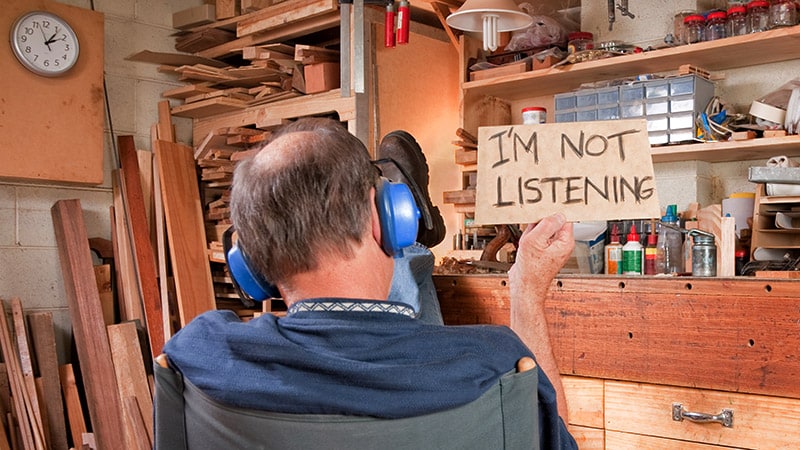
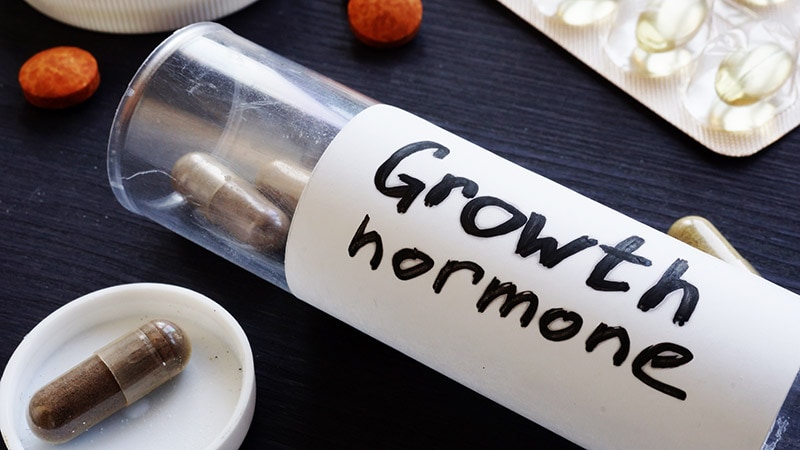
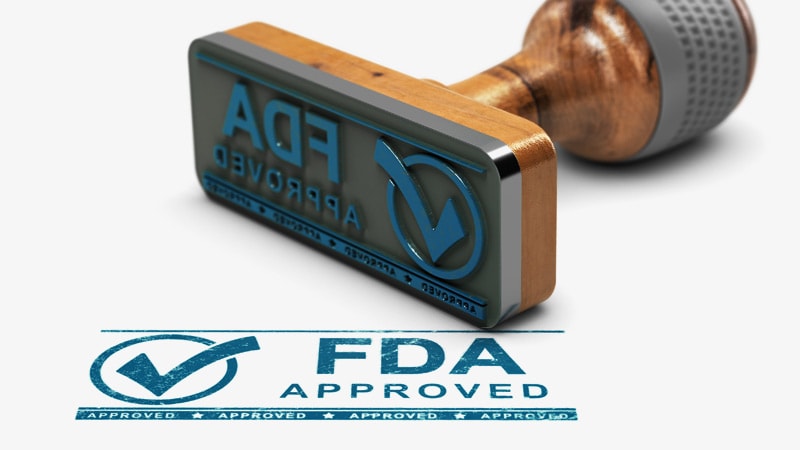
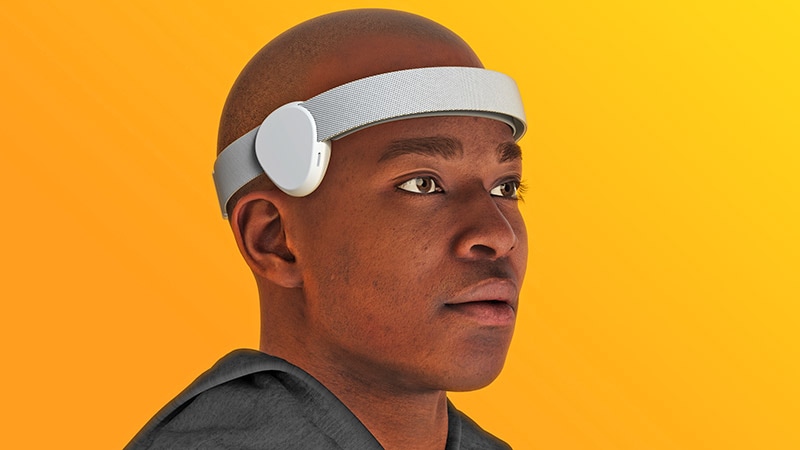
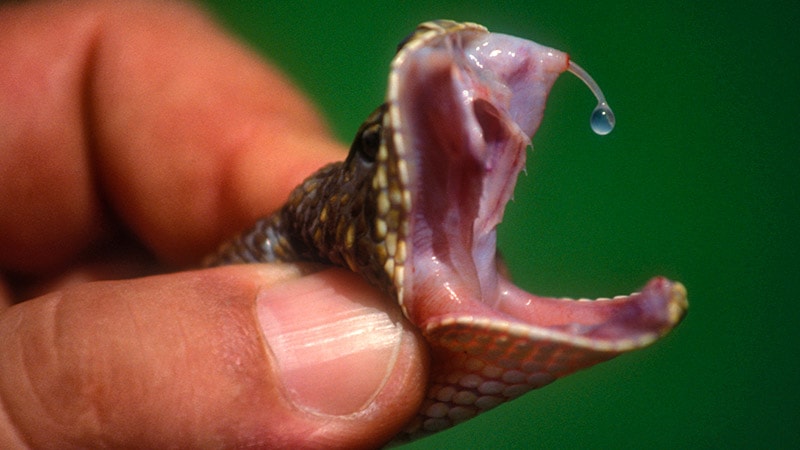





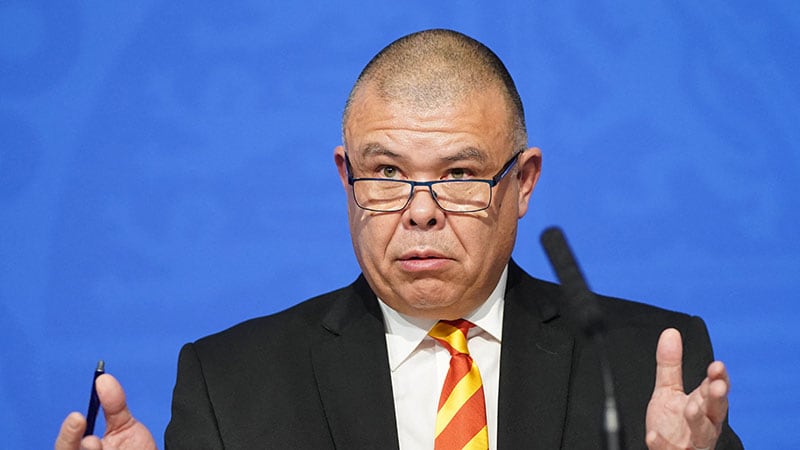
















 English (US)
English (US)